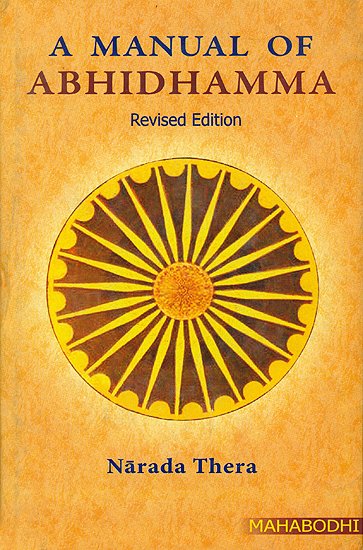A Manual of Abhidhamma
by Nārada Thera | 80,494 words | ISBN-13: 9789380336510
In the Abhidhammattha Sangaha there is a brief exposition of the Law of Dependent Origination, followed by a descriptive account of the Causal Relations that finds no parallel in any other philosophy. Edited in the original Pali Text with English Translation and Explanatory Notes by Narada Maha Thera....
(1)
§ 1.
Samathavipassanānam bhāvanānam ito param
Kammatthānam pavakkhāmi duvidham pi yathākkamam.
§ 1.
Hereafter I will explain the twofold subject of mental culture which deals with Calm (2) and Insight (3).
Notes:
1. Kammatthāna - Here this term is used in a technical sense. Kamma means the act of meditation or contemplation. Thāna, literally, station, ground, or occasion, implies subjects or exercises. Kammatthāna, therefore, means 'subjects of meditation' or 'meditation exercises'. There are forty such subjects of meditation.
2. Samatha derived from sam, to lull, to subdue, denotes 'tranquillity' 'quietude', gained by subduing the Hindrances. It is synonymous with concentration (samādhi) which leads to the development of jhānas. By concentration passions are only temporarily inhibited.
3. Vipassanā, derived from vi + dis, to see, literally means perceiving in diverse ways, that is in the light of transiency, sorrowfulness, and soullessness. It is rendered by 'insight', 'contemplation', 'intuition', 'introspection'. The sole object see things as they truly are, in Emancipation.
